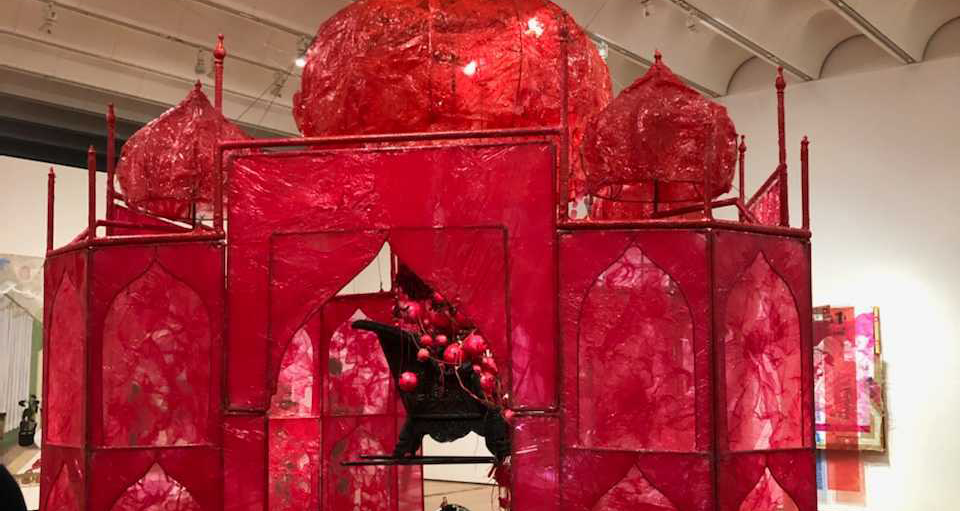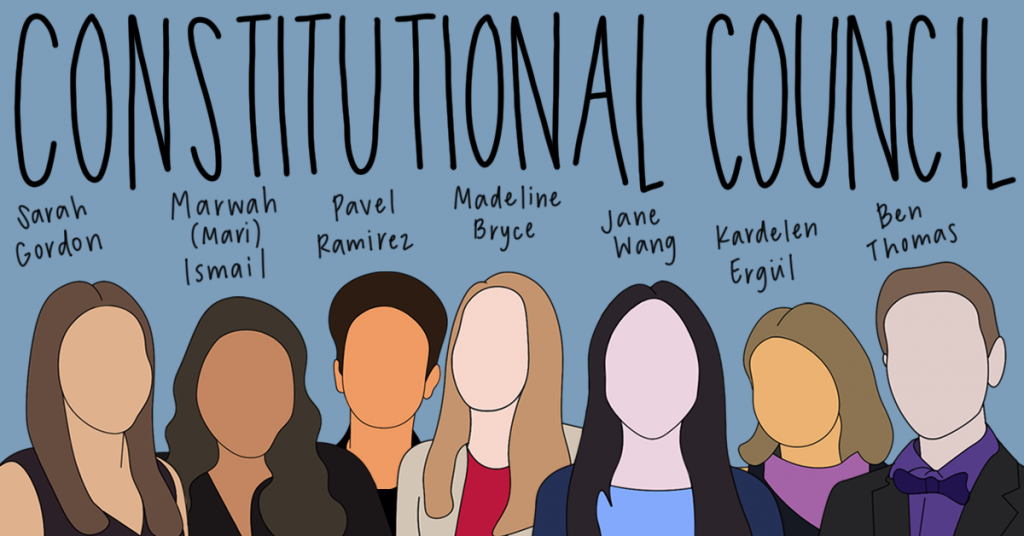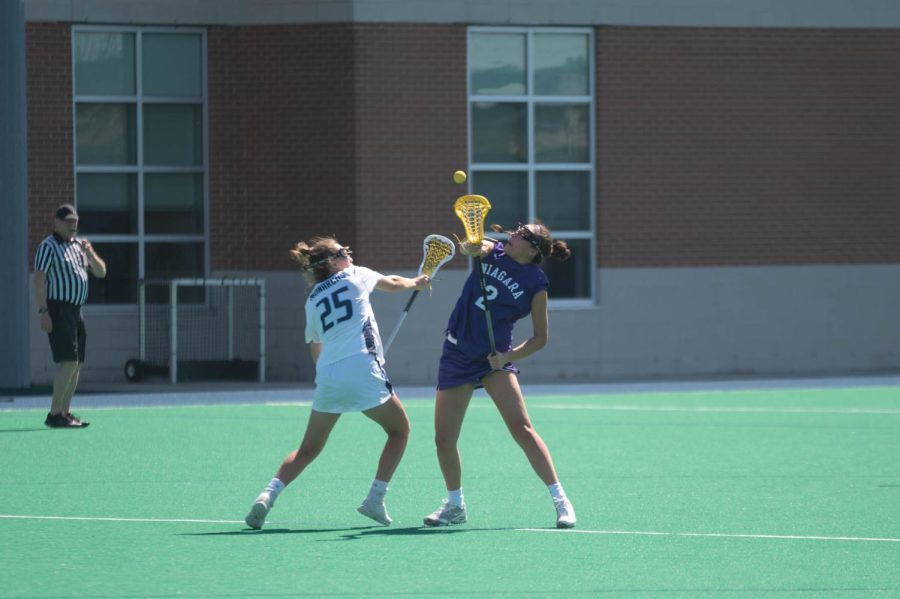
“What Is Left Unspoken, Love” opened on March 25 at the High Museum of Art in Midtown. The exhibit explores questions surrounding love and relationships.
Curated in-house, the multi-modal exhibit features artists from all walks of life and from around the world. They hoped to follow the ethos of poet and painter, Etel Adnan, who wrote love is “not to be described, it is to be lived.”
The exhibit varies in media, styles, tones and stories, from familial bonds to stories of a failed relationship the exhibit explores a variety of expressions of love. Unfortunately, this sometimes does lead to a mismatch in tone in the same room, where both childlike love is shown while discussing heavier stories like that of “The Kitchen Table Series” from Carrie Mae Weems.
Pieces like “In the Beginning: Time and Dark Matter” by Michelle Stuart add a unique depth to this exhibit which is ultimately focused on themes surrounding love. By combining celestial images with a collection of shells and fossils, its placement in this exhibit offers up its meaning to the poetic expression of the viewer.
More than just stills, there are several sculptures and videos of all sizes and lengths on display. Grandiose pieces like “Take me, take me, take me … to the Palace of love” by Rina Banerjee exist and leave several onlookers speechless.
Following the theme of extending the definition of love, the exhibit also hosts several pieces that offer different interpretations of the word.
“Love Me, Protect Me Chair” by Thomas Barger reflects on parental love, saying thanks to their mother and father, who loved and protected him.
In comparison “VI Mural from the series Reducción objetiva orquestada’’ by Gabriel Rico, tries to define relationships through math but ultimately suggests they are beyond comprehension.
“The Love You Give is the Love You Get” by Jeffrey Gibson, brings light to liberation movements associated with Indigenous rights and the LGBTQIA+ communities utilizing a sculpture that reflects traditional powwow regalia.
The High curated a diverse exhibit, not just in terms of themes and media, but also artists. More than half the pieces are that of international artists such as RongRong&inri and Ghada Amer. Indigenous and African-American artists are a prominent part of the display as well.
Organized into six thematic sections, the exhibition outlines the most quintessential concepts of love. The High has outlined it as The Two, The School of Love, The Practice of Love, Loving Community, Poetics of Love and Love Supreme. All the way from the unification of people to love’s ability to transcend the exhibit touches all themes equally and with care.
The exhibit ends with the “Pulse Room” by Rafael Lozano-Hemmer. This interactive light exhibit invites visitors to transmit their pulse to the lightbulbs in the room.
By recording prior heartbeats, visitors are connected to each other, and a collective identity is formed. As a warning, the final gallery of this exhibition features flashing lights.
Overall, this multi-modal exhibit may look confused, disorienting and frankly overwhelming on a first walkthrough. However, The High provides additional commentary along the walls of the exhibit and on their website. The exhibit and pieces within them deserve a second pass.
“What Is Left Unspoken, Love” will be on display at the High through Aug. 14. Tickets to the High are $18 for regular admission with group discounts available.
The Second Sunday of each month offers free admission, and members of the military receive free admission and parking. More information is available at high.org.





